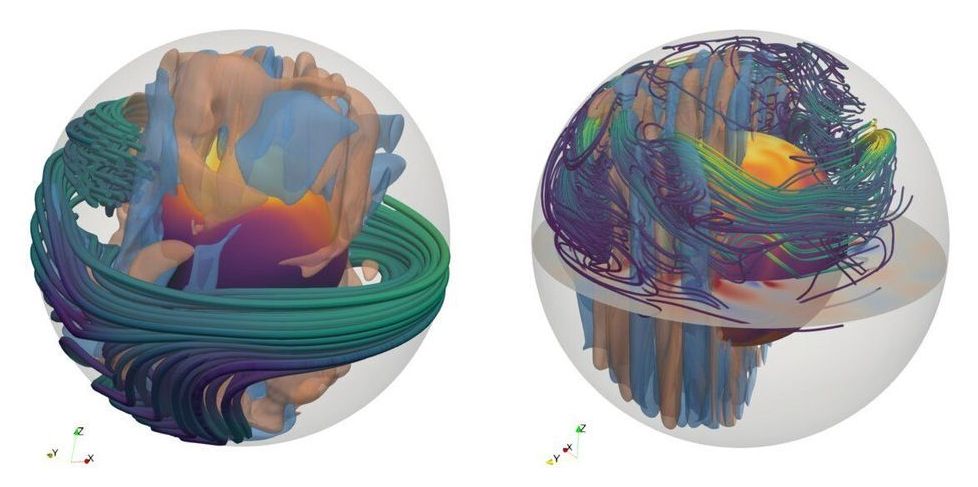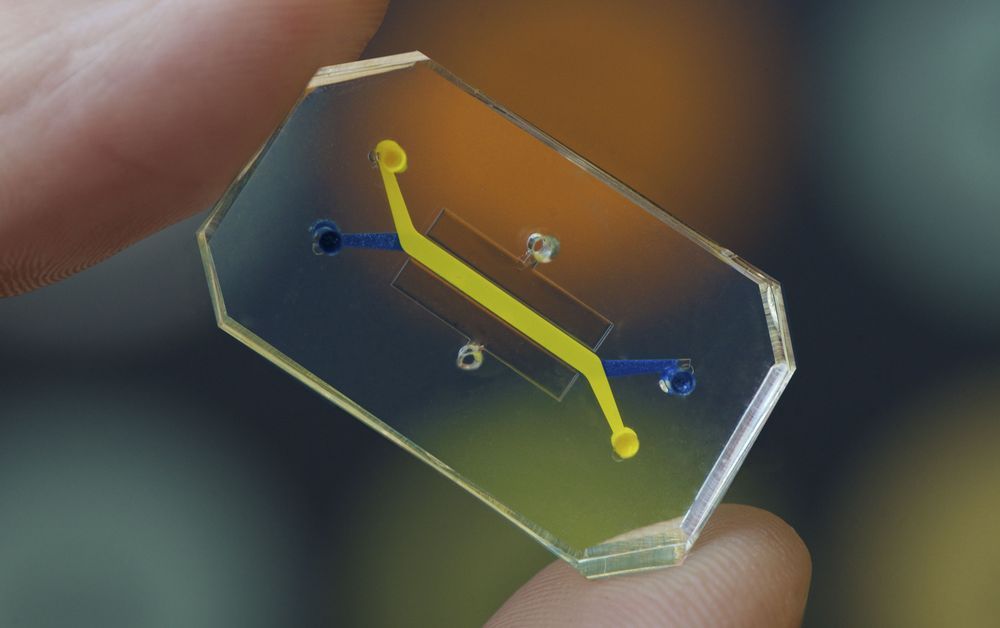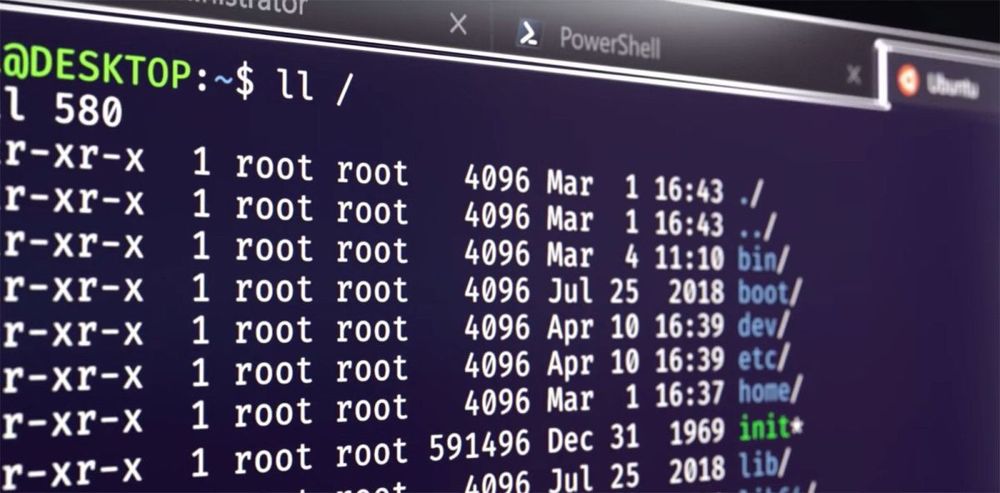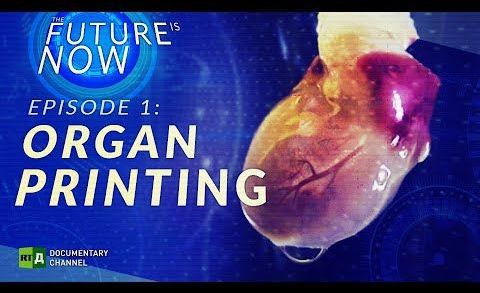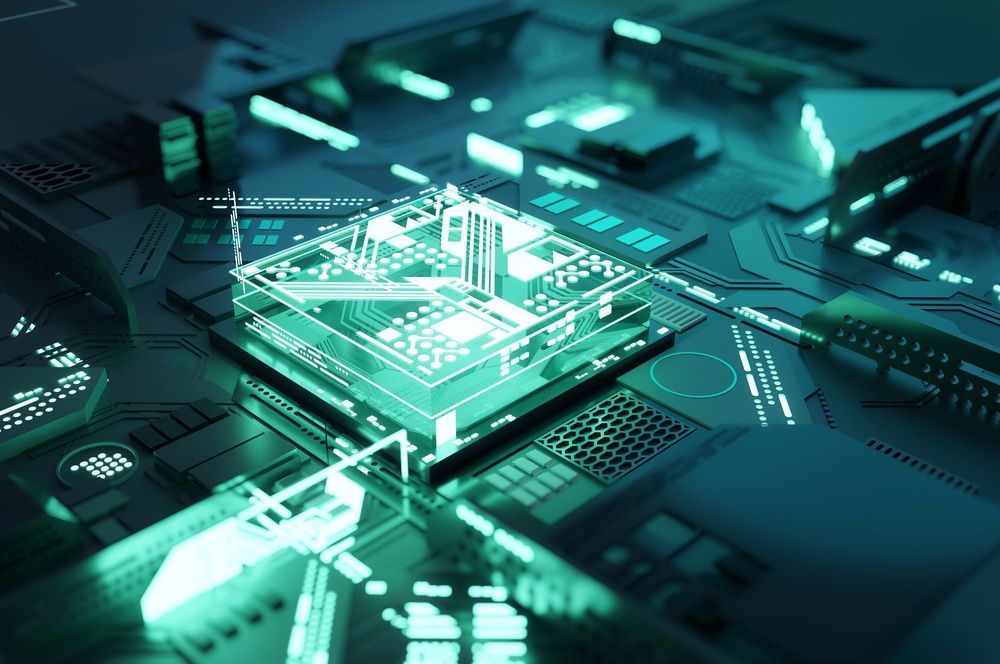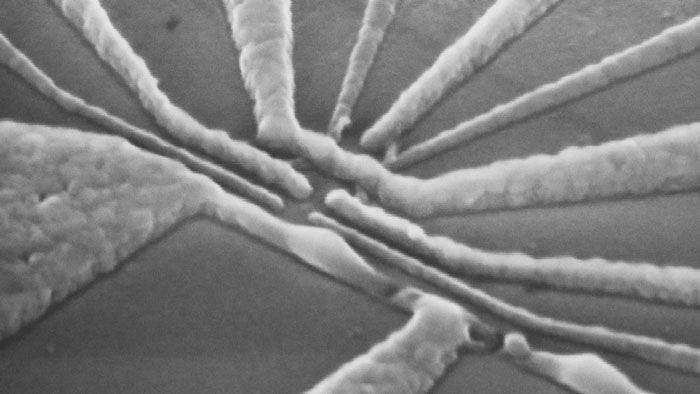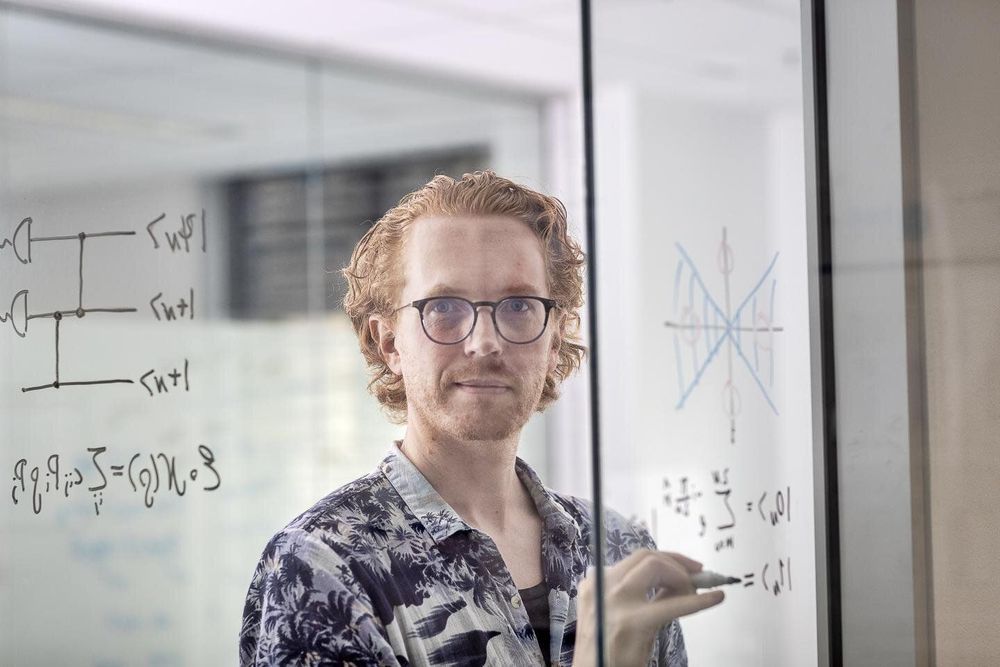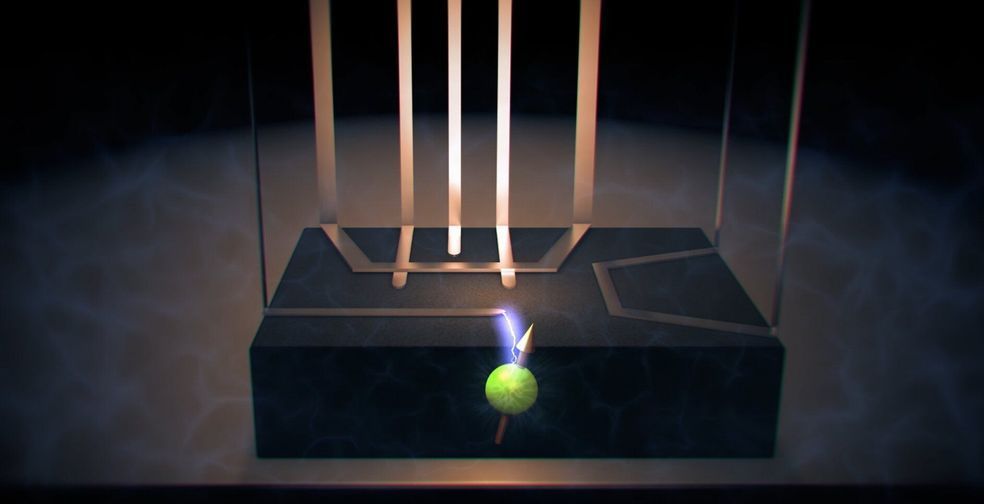Mar 17, 2020
This Library In Minecraft Was Built By 24 People To Fight Censorship Across The World
Posted by Brent Ellman in categories: computing, government, surveillance
Love this convergence of metaverse and fighting censorship with style. Wonder when Microsoft will start getting pressure about this or other kinds of content.
Most of us live in countries where freedom of speech is considered a fundamental human right and it would be hard to imagine living in a different state than that. However, not all of us are blessed with this sometimes overlooked right as there are a number of countries in this world where governments actively censor their citizens, especially those whose profession is to report facts. Journalists.

